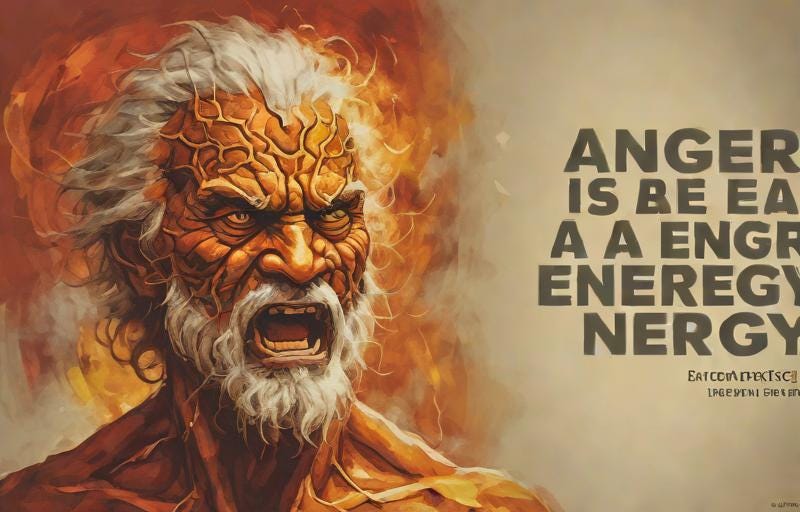'Anger is an energy'
hydraulic theories of emotion are meh, and a bit dangerous, actually
Takeaways
Activities aimed at decreasing arousal levels, such as deep breathing and mindfulness, are very effective at reducing anger and aggression (‘take a deep breath; count to three; breath out; repeat…’).
Arousal-decreasing activities work robustly and stably across diverse demographics, including gender, race, age, and cultural backgrounds, and are effective in various populations, including students, criminal offenders, and individuals with intellectual disabilities.
Activities which increasing arousal (such as venting anger or engaging in vigorous physical exercise), show very limited effectiveness in managing anger - highlighting the importance of adopting strategies that focus on calming down and reducing arousal levels.
(‘take a deep breath; count to three; breath out; repeat…’)
The Screamers
Anyone remember ‘The Screamers’? Inspired by guru psychiatrist Arthur Janov, The Screamers practiced a form of unhelpful and empirically-unevidenced trauma-based psychotherapy revolving around the idea of releasing pain through reliving emotions that were in some way repressed known as ‘primal therapy’.
Primal therapy and like therapies are founded on what might be called a ‘hydraulic theory’ of psychological function: irresistable forces build up and have to be discharged in some way - preferably safely:
any physiological or psychological model based on the analogy of fluid flowing through a system under pressure, such that pressure may build up in the system and seek release. Sigmund Freud’s model of the libido as an energy that can build pressure and seek release (catharsis) is a notable example (source).
This catharsis idea for anger management has quite a purchase in the popular mind: that the best way to handle anger is to vent the emotion.
This is quite a psychologically primitive idea, because anger comes in all shades from extreme self-control to full-blown fury. and the physiological side of anger ranges from a calm state (think of ‘cold rages’), to intense bodily reactions like increased muscle tension and a rush of adrenaline (‘berserkers).
Previous relevant pieces
A better way to think anger is that it involves complex cognitive processes that infuse an emotional and physiological state:
“Anger is an emotional response to a real or imagined threat or provocation” (Baumeister & Bushman, 2021, p. 201).
I’ve emphasised the second component of this definition - you have to perceive and evaluate the threat prior to the emotional response itself. Perception and evaluation are key cognitive processes, and they are ahead of any emotional responses.
Dimensions of emotion
Emotions can be thought of as comprising two primary dimensions:
valence (positivity or negativity of an emotional experience),
arousal (intensity of physiological activation associated with that emotion).
Anger typically falls within the negative valence spectrum, but anger diverges from other negatively-valenced emotions such as fear or sadness (which result in quite different behavioural states). Anger tends to elicit a heightened state of physiological arousal, in turn priming the individual for action, and anger helps mobilise brain and body to confront perceived threats or challenges.
Anger can also be an unpleasant emotion which often prompts individuals to seek methods for its alleviation (but note, though, there are some individuals who really get off on getting angry).
Rage rooms
Screaming therapy has re-emerged in the form of modern rage rooms, where you get to smash and punch things to discharge your anger. Proponents argue that venting emotions through physical outlets like smashing objects can provide temporary relief and release tension. However, skeptics question such practices, suggesting that they may reinforce aggressive behaviours or fail to address underlying emotional issues.
Anger management
Maybe it’s better to step down rather than step up these feelings? Some anger management techniques aim to reduce arousal levels, such as deep breathing and mindfulness, others seek to increase arousal, like physical activities such as hitting a bag or engaging in vigorous exercise like jogging or cycling.
Below the fold: Stepping down or stepping up? Venting: meh; Cognitive control and anger management; Anger is not a one-way street; Extras; Public Image Limited






